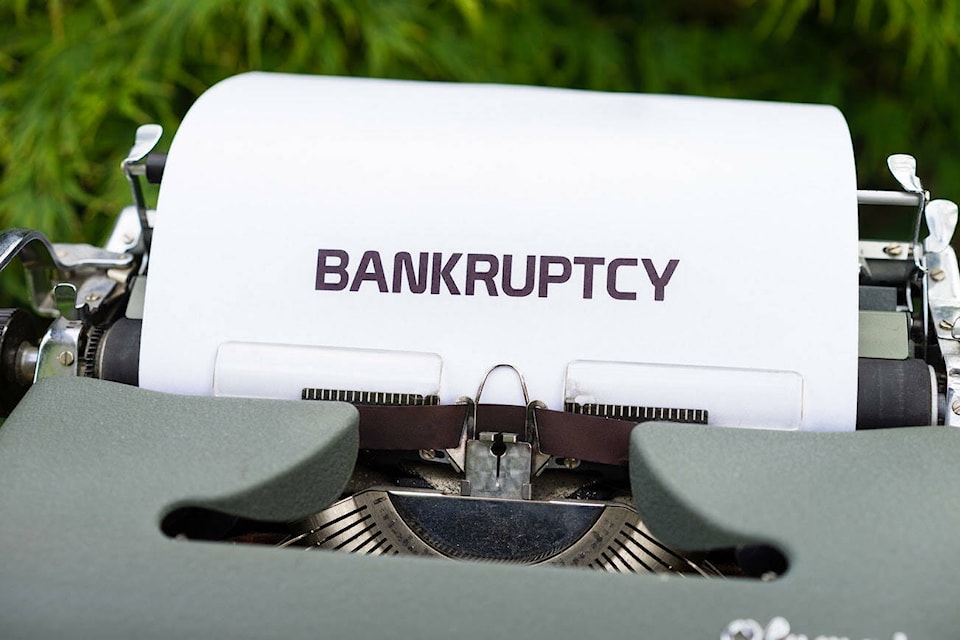if you are having debt problems, you may have heard of consumer proposals. But what are the benefits of consumer proposals, and why should you use them? Compared to bankruptcy, how are they different? Are they accepted by lenders? Is a consumer proposal a good way to get out of debt and keep your creditor’s attention away from you?
Why Would A Consumer Submit A Proposal?
Insolvent Canadians with unpayable debt to unsecured creditors are increasingly turning to consumer proposals, which have grown in popularity in recent years. A consumer proposal offers the same relief from debt and creditor protection as bankruptcy for those who qualify. With the help of a licenced insolvency trustee, you’ll learn about consumer proposals’ advantages.
When you file a consumer proposal, your creditors will no longer be able to contact you, and they will no longer send you letters or phone calls.
What Is the Difference Between a Consumer Proposal and Bankruptcy?
It is possible for an individual to file for bankruptcy or a consumer proposal if they owe at least $1,000 to their unsecured creditors. An inability to meet monthly financial responsibilities, such as paying creditors, is known as an insolvency.
In contrast to filing for bankruptcy, a consumer proposal is only acceptable for those who have a steady source of income and can make regular monthly payments for the duration of the proposal – typically five years – from that income.
Your Licensed Insolvency Trustee will use the information you supply about your income, expenses, debts, and assets to figure out how much this payment will be. Rather than having to juggle many payments to satisfy their creditors, most people who are in debt find that paying only one payment each month is far more manageable.
The Top Six Benefits of Submitting a Consumer Proposal
Consumer proposals have a number of advantages. We’ll go over the top six in this section.
A consumer proposal is not bankruptcy
Honest but unfortunate debtors often feel ashamed of their predicament and are ashamed to ask for help. These feelings might be exacerbated by the thought of “going bankrupt”. Despite the fact that bankruptcy is a valuable financial option, it may be comforting to know that a consumer proposal is a distinct form of bankruptcy.
So, once you’ve finished your consumer proposal, you won’t have to say “yes” if someone ever asks about your bankruptcy history. Unsecured debts can be dealt with in two ways: through consumer proposals or bankruptcy.
Your Consumer Proposal Can Be Paid Early
Consumer proposals, unlike bankruptcy and many other debt-reduction or debt settlement agreements, allow you to pay off and complete your consumer proposal early, unlike many other debt-reduction or debt settlement arrangements. You can use any additional funds you have to help fund your project.
Making a consumer proposal, paying it off early, and starting the process of restoring your credit sooner than thought are all advantages of doing so.
Credit Rating Impact of a Consumer Proposal is Faster
While bankruptcy and consumer proposals can have a negative impact on your credit rating, once your consumer proposal is done, your credit rating can recover far more quickly than it would if you had gone bankrupt. Consumer proposals remain on your credit report for the six years after you file them or three years after you complete them, whichever is the shorter of these two time periods. The first bankruptcy, on the other hand, is said to remain on your credit report for six years from the date of discharge.
Both you and your creditors are bound by a Consumer Proposal’s terms
A consumer proposal, unlike credit counselling and other debt settlement options, is legally binding. As a result of signing up for the plan, you commit to following through on its terms and your unsecured creditors agree to forgive your debts once you’ve done so. As a result, your creditors cannot legally “go back” on the arrangement and demand any additional cash at a later period, when your income or assets may have increased.
Negotiation is at the heart of a Customer Proposal
You and your creditors must both agree to the conditions of a consumer proposal drafted by a Licensed Insolvency Trustee before it is accepted by the court and becomes effective. This distinguishes it from bankruptcy and lends credence to the idea of declaring bankruptcy.
Consumer Proposal Payments Are Fixed Throughout Their Lifetime
One of the benefits of a consumer proposal is that the amount of money you have to pay remains constant. A consumer proposal has a fixed monthly payment for the duration of the plan, as opposed to bankruptcy, where your payment may rise or fall depending on your income. In the event that your monthly income increases, your payment will not rise.
